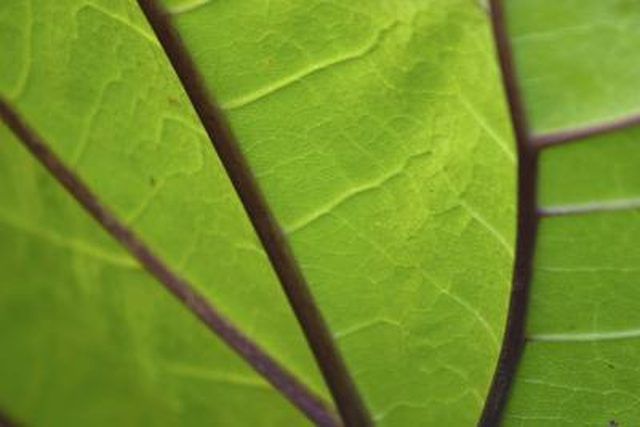Bulbs
Flower Basics
Flower Beds & Specialty Gardens
Flower Garden
Garden Furniture
Garden Gnomes
Garden Seeds
Garden Sheds
Garden Statues
Garden Tools & Supplies
Gardening Basics
Green & Organic
Groundcovers & Vines
Growing Annuals
Growing Basil
Growing Beans
Growing Berries
Growing Blueberries
Growing Cactus
Growing Corn
Growing Cotton
Growing Edibles
Growing Flowers
Growing Garlic
Growing Grapes
Growing Grass
Growing Herbs
Growing Jasmine
Growing Mint
Growing Mushrooms
Orchids
Growing Peanuts
Growing Perennials
Growing Plants
Growing Rosemary
Growing Roses
Growing Strawberries
Growing Sunflowers
Growing Thyme
Growing Tomatoes
Growing Tulips
Growing Vegetables
Herb Basics
Herb Garden
Indoor Growing
Landscaping Basics
Landscaping Patios
Landscaping Plants
Landscaping Shrubs
Landscaping Trees
Landscaping Walks & Pathways
Lawn Basics
Lawn Maintenance
Lawn Mowers
Lawn Ornaments
Lawn Planting
Lawn Tools
Outdoor Growing
Overall Landscape Planning
Pests, Weeds & Problems
Plant Basics
Rock Garden
Rose Garden
Shrubs
Soil
Specialty Gardens
Trees
Vegetable Garden
Yard Maintenance
Why Don't All Plant Cells Contain Chloroplasts?
Why Don't All Plant Cells Contain Chloroplasts?. Chloroplasts are important cell structures that give vegetation its distinctive green coloring. They are responsible for absorbing energy to feed the plant and power its growth. They are not present in all plant cells.

Chloroplasts are important cell structures that give vegetation its distinctive green coloring. They are responsible for absorbing energy to feed the plant and power its growth. They are not present in all plant cells.
What Are Chloroplasts?
The chloroplasts are specialized organelles that perform photosynthesis. Photosynthesis is the process of capturing light energy from the sun and converting it into chemical energy. Light is captured in small pancake-shaped discs called thylakoids, which contain chlorophyll, the green pigment. It is then converted into starches for storage in the roots.
Where Are Chloroplasts Found?
Chloroplasts are only found in the parts of the plant that are capable of photosynthesis. The majority of chloroplasts are found in the leaves of the plant because these structures have the greatest surface area for absorption. The outer part of a plant stem may also contain chloroplasts.
What Cells Lack Chloroplasts?
The inner stem cells and underground organs, such as the root system or bulb, contain no chloroplasts. Because no sunlight reaches these areas, chloroplasts would be useless. Fruit and flower cells typically do not contain chloroplasts because their primary jobs are reproduction and dispersal.